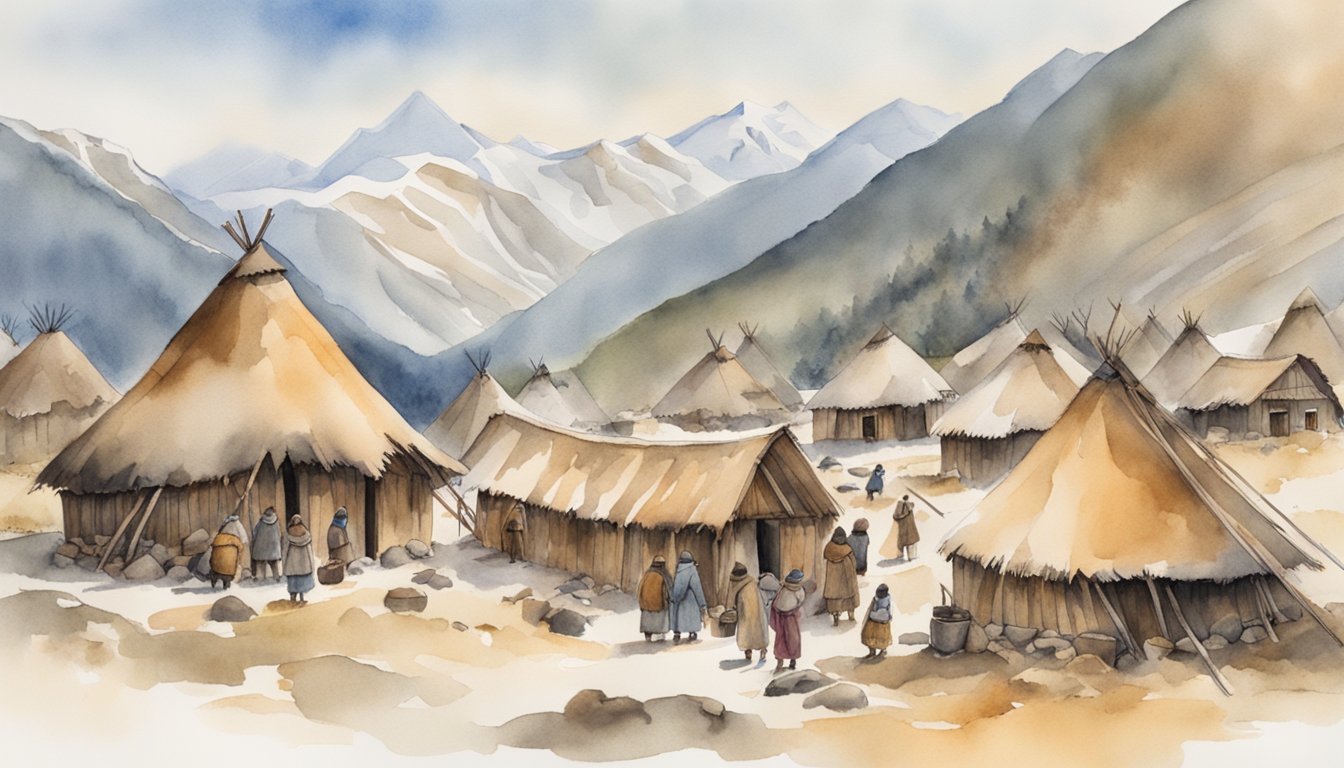Discovery and Significance
The discovery of Ötzi the Iceman in 1991 offered a rare glimpse into Copper Age Europe and represents a landmark moment in archaeology, shedding light on ancient human life and the natural environment of the time. The well-preserved state of Ötzi’s body provided researchers with invaluable insights into his diet, health, and even the tools and clothing used over 5,000 years ago. Similarly, the Kennewick Man discovery in Washington State in 1996 sparked significant scientific and legal debates while offering crucial information about early inhabitants of North America. Both findings underscore the importance of studying ancient remains to better understand human history and migration patterns.
The Finding of Ötzi
In September 1991, two German hikers stumbled upon the mummified remains of a man in the Eastern Alps near the border between Austria and Italy. This well-preserved natural mummy, later named Ötzi, was found lodged in a glacier at an altitude of about 3,200 meters above sea level. The body was subsequently transported to the South Tyrol Museum of Archaeology in Bolzano, Italy, where it has since become a key exhibit and the subject of extensive scientific research.
Archaeological Impact
The study of Ötzi has had profound implications for the field of archaeology. Researchers have utilized a variety of techniques, such as radiocarbon dating and X-ray examination, to establish that Ötzi lived around 3300 BCE and likely died from blood loss due to an arrow wound. The level of preservation found in the Iceman has provided a wealth of information, including insights into Copper Age clothing, tools, and diet, revolutionizing our understanding of this era. Additionally, DNA analysis has revealed details about Ötzi’s genetic background, health conditions, and even his last meal. Such discoveries underscore the importance of advanced scientific techniques in uncovering historical mysteries, much like how photographic archives, including Harriet Tubman pictures, provide crucial visual documentation of historical figures. The ongoing study of Ötzi continues to refine our knowledge of early human societies and their way of life.
Ötzi’s Place in Copper Age Europe
Ötzi provides an unparalleled view of life during the Chalcolithic, or Copper Age, a period known for the combination of copper tool-making with stone tool technologies. Found with a copper axe and other belongings, Ötzi illustrates the technical advancements of the time. Ötzi is also invaluable in understanding the health, genetics, and even the possible cultural practices of Copper Age Europeans. As Europe’s oldest known natural human mummy, the Iceman remains one of the most significant archaeological finds, bridging the gap between past and present.
Ötzi’s Life and Times

The ancient man known as Ötzi provides us a window into the Neolithic and Copper Age periods. His life and untimely death in the Alps offer invaluable insights into the daily existence, diet, and challenges of a man who walked the Earth over 5,000 years ago.
Lifestyle and Diet
Ötzi led a life that was typical for individuals during the Copper Age. An analysis of his last meal showed that he consumed a well-balanced diet consisting of red deer, ibex, and ancient grains, indicative of a mixed approach of hunting-gathering and early farming practices. Traces of toxins indicative of an intestinal parasite suggested that Ötzi may have struggled with common health issues of the era.
The Mystery of his Death
The cause of Ötzi’s death remained a mystery for many years. Eventually, a detailed investigation using modern technology such as X-rays and CAT scans determined that an arrowhead lodged in his left shoulder was likely the fatal blow. Additional injuries like cuts to his hands and an impact wound on his head, along with DNA evidence, suggest that his demise was the result of a violent conflict.
Preservation and Studies
The body’s preservation in a cold cell within the glacier allowed for exceptional levels of analysis. Studies on his genome have revealed information about his ancestry and potential predispositions to diseases such as arthritis. Ötzi’s microbiome, including the presence of Helicobacter pylori in his stomach, has provided a rare glimpse into the ancient human health and diseases. Additionally, isotopic analysis of Ötzi’s hair and bones has offered insights into his diet and migration patterns, shedding light on the lifestyle of early Europeans. Comparisons between ancient and modern medical research, such as studies on Henrietta Lacks and HeLa cells, underscore the growing understanding of human health over time. These ongoing investigations not only reveal details about Ötzi’s life but also contribute to broader discussions on genetics, disease evolution, and human adaptation.
Clothing and Equipment
The clothes and tools found with Ötzi were remarkably preserved, offering insights into Neolithic fashion and technology. His attire was made from various materials, including leather from a chamois and bear fur, and shoes stuffed with grass for insulation. Among his equipment, a flint dagger, a yew bow, and a quiver full of arrows were found, as well as a copper axe, which was a highly valuable item and indicative of his high status during the Copper Age.

